| View previous topic :: View next topic |
| Author |
Message |
DarkDude
Joined: 05 Dec 2013
Posts: 16
Location: uk


|
 Posted: Mar 07, 2020 19:54 Post subject: Could someone tell what this is, is it man made? Posted: Mar 07, 2020 19:54 Post subject: Could someone tell what this is, is it man made? |
|
|
Hi, I found this on Cleveleys beach on the Fylde coast, Lancashitre north west England, UK.
Is it manmade or natural. It feels rough like sandstone and it looks like it was a triangle but rubbed away. The band around it is exactly half a centemeter on each side
| Mineral: | UK |
| Description: |
Cleveleys Beach, Lancashire
all sides 2 cm |
|
| Viewed: |
13622 Time(s) |
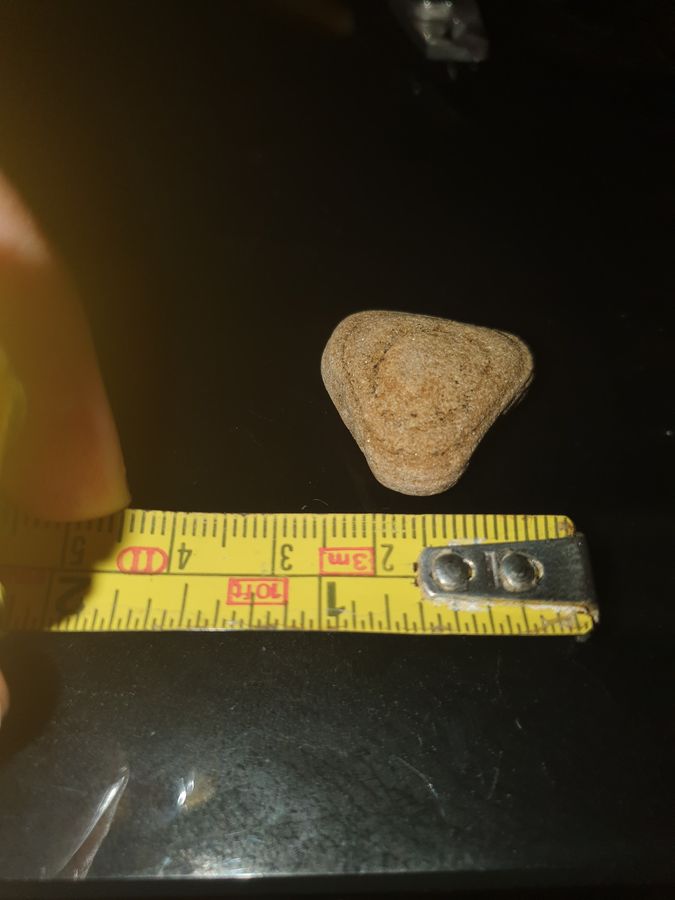
|
| Locality: | | Lancashire, England / United Kingdom |  |
|
| Description: |
|
| Viewed: |
13624 Time(s) |
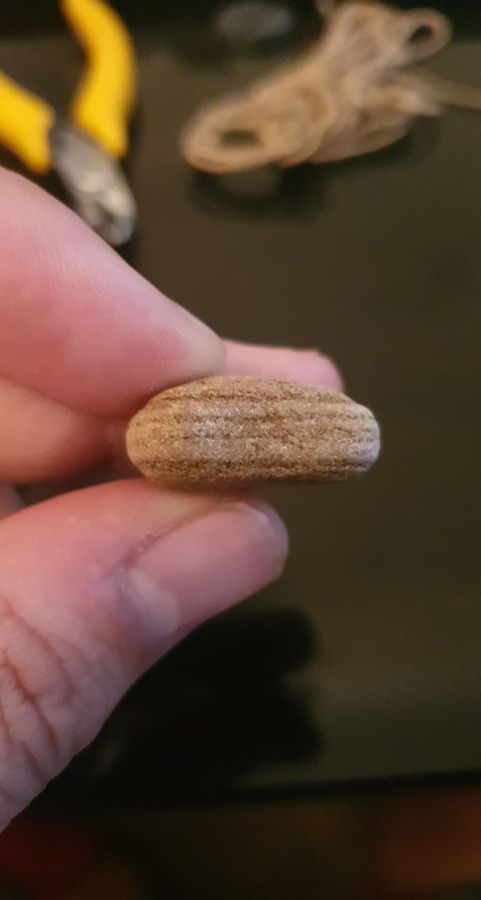
|
| Description: |
|
| Viewed: |
13639 Time(s) |
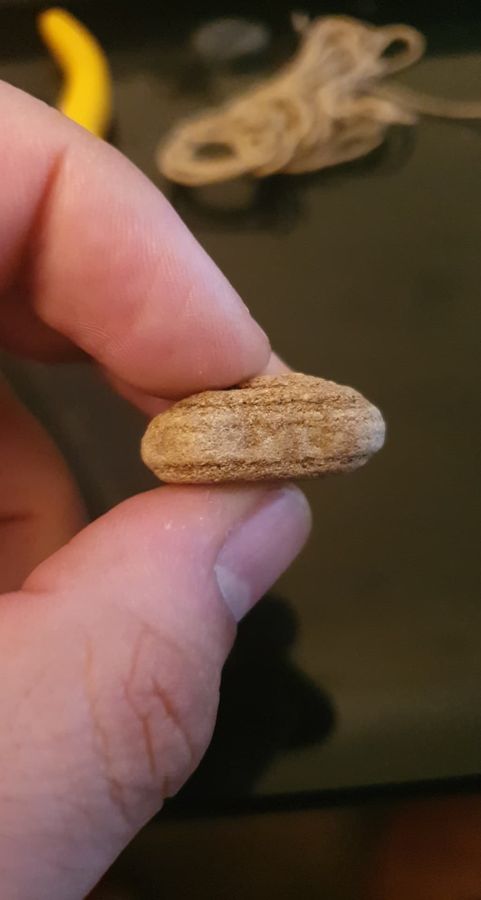
|
| Description: |
|
| Viewed: |
13602 Time(s) |
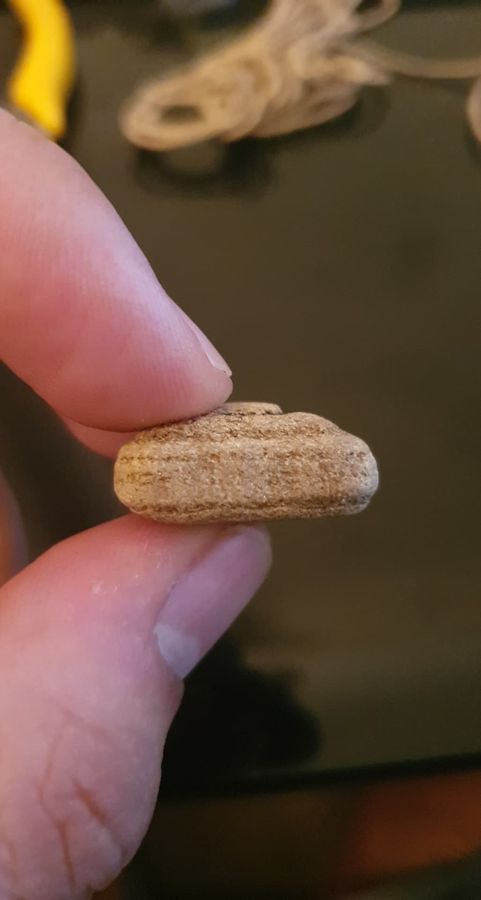
|
| Description: |
|
| Viewed: |
13606 Time(s) |
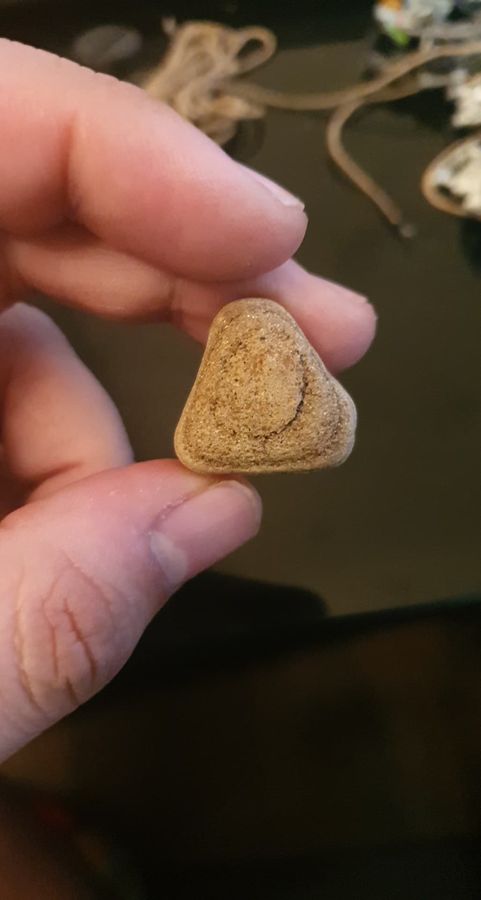
|
| Description: |
|
| Viewed: |
13608 Time(s) |
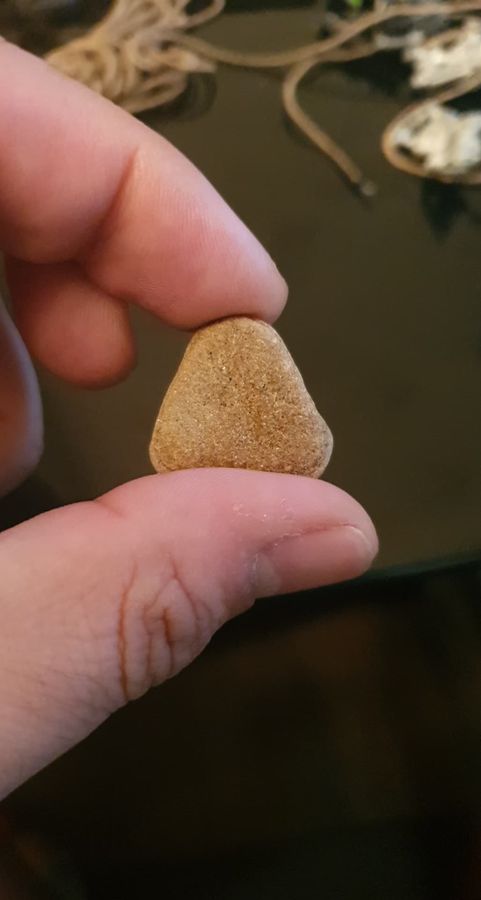
|
| Description: |
|
| Viewed: |
13622 Time(s) |
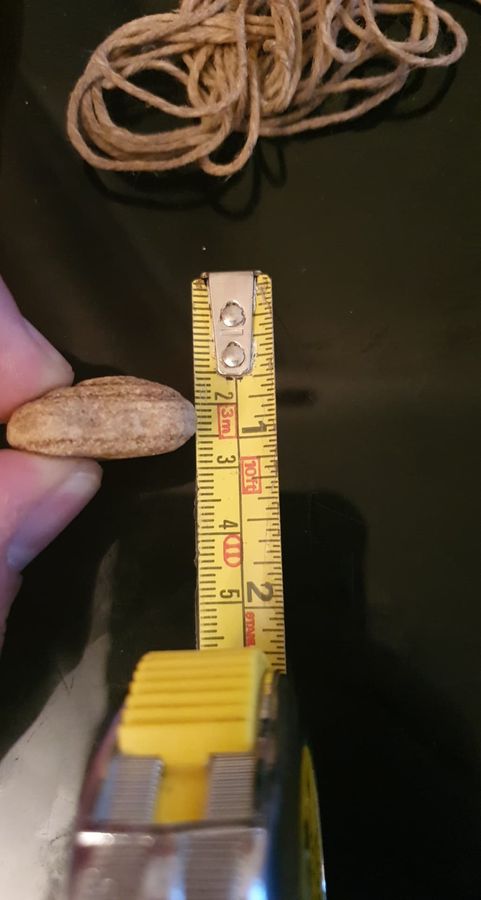
|
| Description: |
|
| Viewed: |
13625 Time(s) |
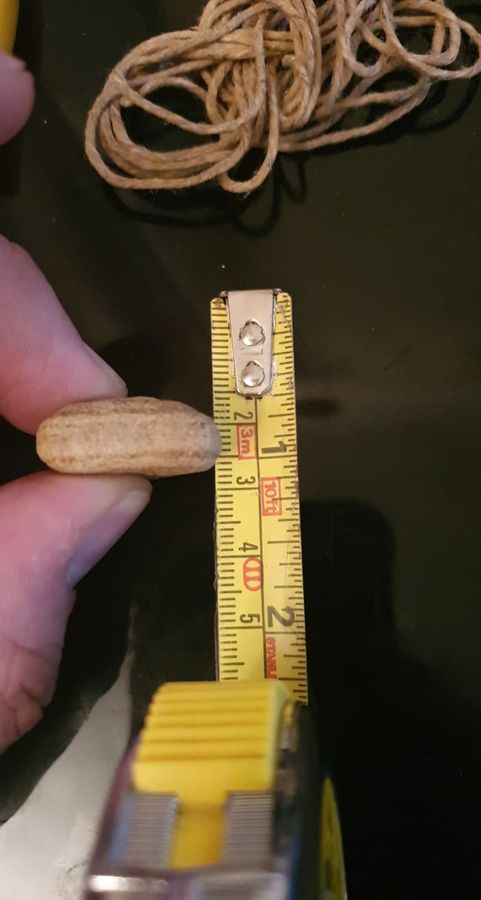
|
| Description: |
|
| Viewed: |
13636 Time(s) |
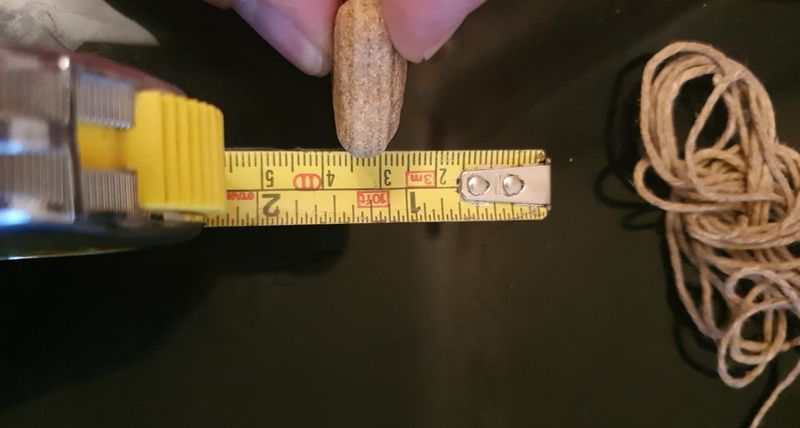
|
|
|
| Back to top |
|
 |
Bob Carnein
Joined: 22 Aug 2013
Posts: 355
Location: Florissant, CO



|
 Posted: Mar 07, 2020 21:17 Post subject: Re: Could someone tell what this is, is it man made? Posted: Mar 07, 2020 21:17 Post subject: Re: Could someone tell what this is, is it man made? |
|
|
| Viewed close up, this looks like it has mica flakes in some of the layers, suggesting that it may be the metamorphic rock called gneiss. Banding or layering of oriented mica flakes are typical of gneiss, but there are other rocks that have a similar appearance. Definitely a natural, water-worn pebble.
|
|
| Back to top |
|
 |
DarkDude
Joined: 05 Dec 2013
Posts: 16
Location: uk


|
 Posted: Mar 07, 2020 22:05 Post subject: Re: could someone tell what this is, is it man made? Posted: Mar 07, 2020 22:05 Post subject: Re: could someone tell what this is, is it man made? |
|
|
| cheers! much appreciated:) googled it, and there is loads and loads of it around here
|
|
| Back to top |
|
 |
John S. White
Site Admin

Joined: 04 Sep 2006
Posts: 1298
Location: Stewartstown, Pennsylvania, USA



|
 Posted: Mar 08, 2020 08:52 Post subject: Re: could someone tell what this is, is it man made? Posted: Mar 08, 2020 08:52 Post subject: Re: could someone tell what this is, is it man made? |
|
|
My impression is that it is a piece of banded sedimentary rock. The banding is far too regular for it to be a gneiss. The triangular shape is pure coincidence.
_________________
John S. White
aka Rondinaire |
|
| Back to top |
|
 |
Bob Carnein
Joined: 22 Aug 2013
Posts: 355
Location: Florissant, CO



|
 Posted: Mar 08, 2020 09:26 Post subject: Re: could someone tell what this is, is it man made? Posted: Mar 08, 2020 09:26 Post subject: Re: could someone tell what this is, is it man made? |
|
|
| Could it be a sandstone? Sure. Is the banding too regular to be a gneiss? I don't think so.
|
|
| Back to top |
|
 |
Peter Perkins

Joined: 17 Nov 2012
Posts: 87
Location: Norfolk,UK


|
 Posted: Mar 08, 2020 12:32 Post subject: Re: could someone tell what this is, is it man made? Posted: Mar 08, 2020 12:32 Post subject: Re: could someone tell what this is, is it man made? |
|
|
| Definitely a sandstone. At certain times during its formation the rivers feeding into the zone of sedimentation were carrying a lot more mica flakes than usual. Maybe call it a micaceous sandstone
|
|
| Back to top |
|
 |
Bob Carnein
Joined: 22 Aug 2013
Posts: 355
Location: Florissant, CO



|
 Posted: Mar 08, 2020 15:30 Post subject: Re: could someone tell what this is, is it man made? Posted: Mar 08, 2020 15:30 Post subject: Re: could someone tell what this is, is it man made? |
|
|
| This comment illustrates the difficulty of identifying rock samples, especially those that are weathered and rounded, from photographs. The area of Lancashire that the sample came from is glaciated, with erratics derived mainly from about due north, in the Lake District. Rocks of the Lake District were metamorphosed in what we in the US call the Acadian orogeny (Devonian) and could include all kinds of metasediments, metavolcanics, and granites (to get a feel for this, see Cripps, et al., British Geological Survey Groundwater Open Report OR/16/013, available on the Internet). I have been on many field trips where geologists argued about samples they were holding in their hands, let along seeing in photographs. I certainly would not presume to say "This is definitely a gneiss", or or anything else, but neither would I say it's definitely a sandstone or that it couldn't be a gneiss. Without seeing the sample, I think either hypothesis is plausible.
|
|
| Back to top |
|
 |
colin robinson
Joined: 29 May 2013
Posts: 82
Location: Cumbria



|
 Posted: Mar 09, 2020 15:40 Post subject: Re: Could someone tell what this is, is it man made? Posted: Mar 09, 2020 15:40 Post subject: Re: Could someone tell what this is, is it man made? |
|
|
| The Fylde coast is littered with pebbles derived both from glaciation and the northward longshore drift. There are extensive sandstone deposits to the north around St. Bees but any gneiss would need to have travelled a long way either from Highland Scotland or Scandinavia. While it can be difficult to identify rocks from photos sometimes a little local knowledge helps. Having collected beach pebbles along the north-west coast for years I'd say the item in question is almost certainly a micaceous sandstone.
|
|
| Back to top |
|
 |
|





